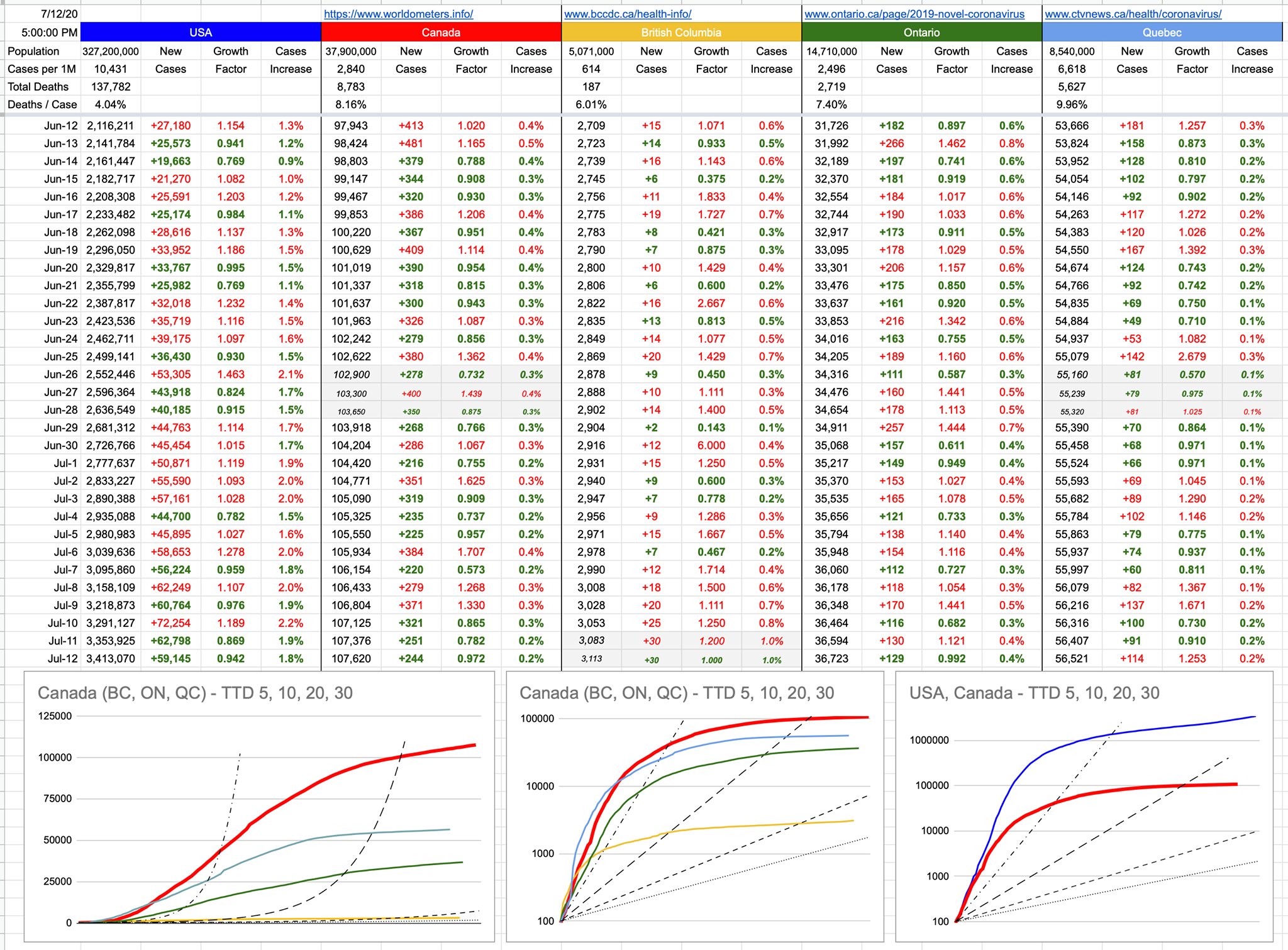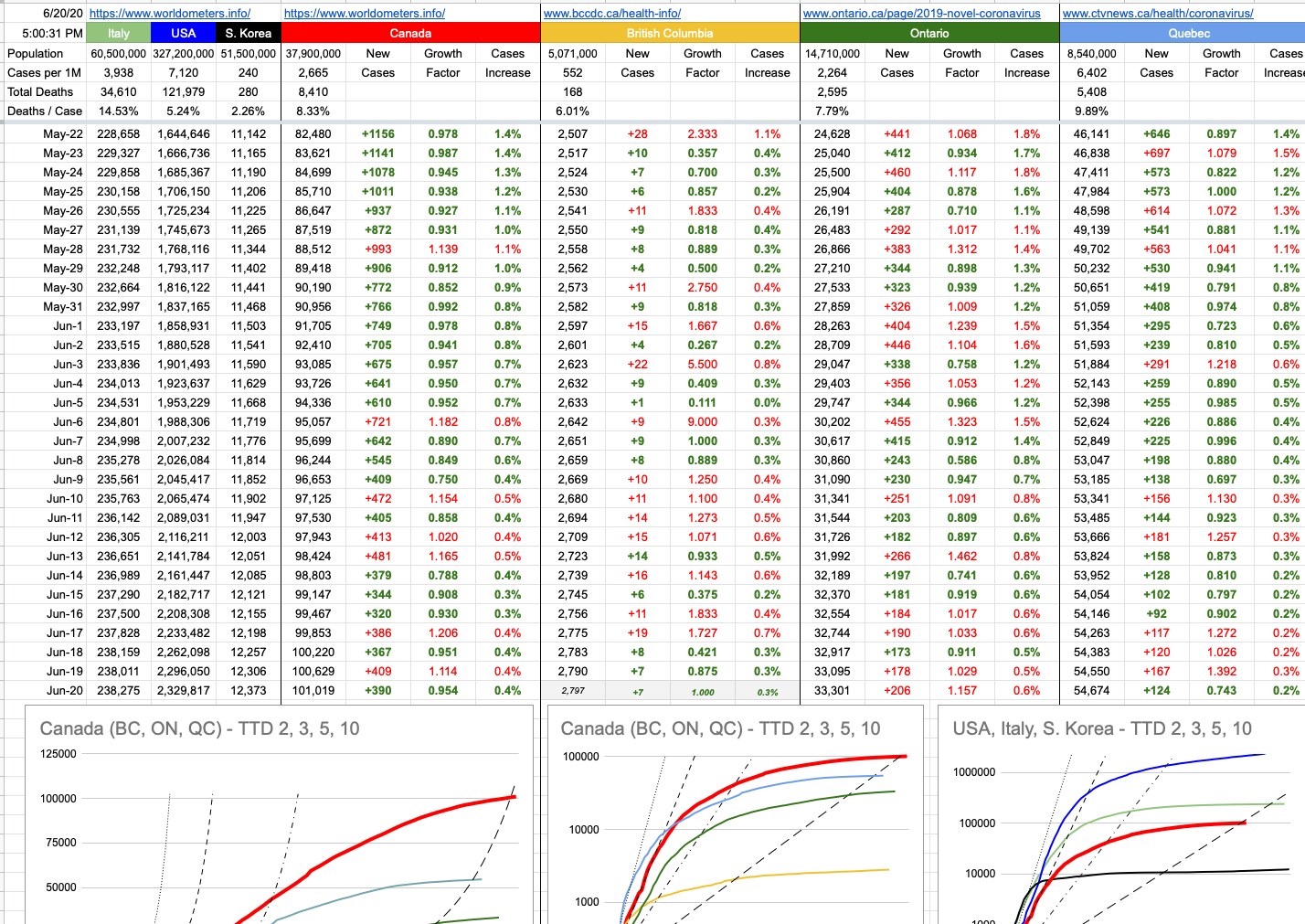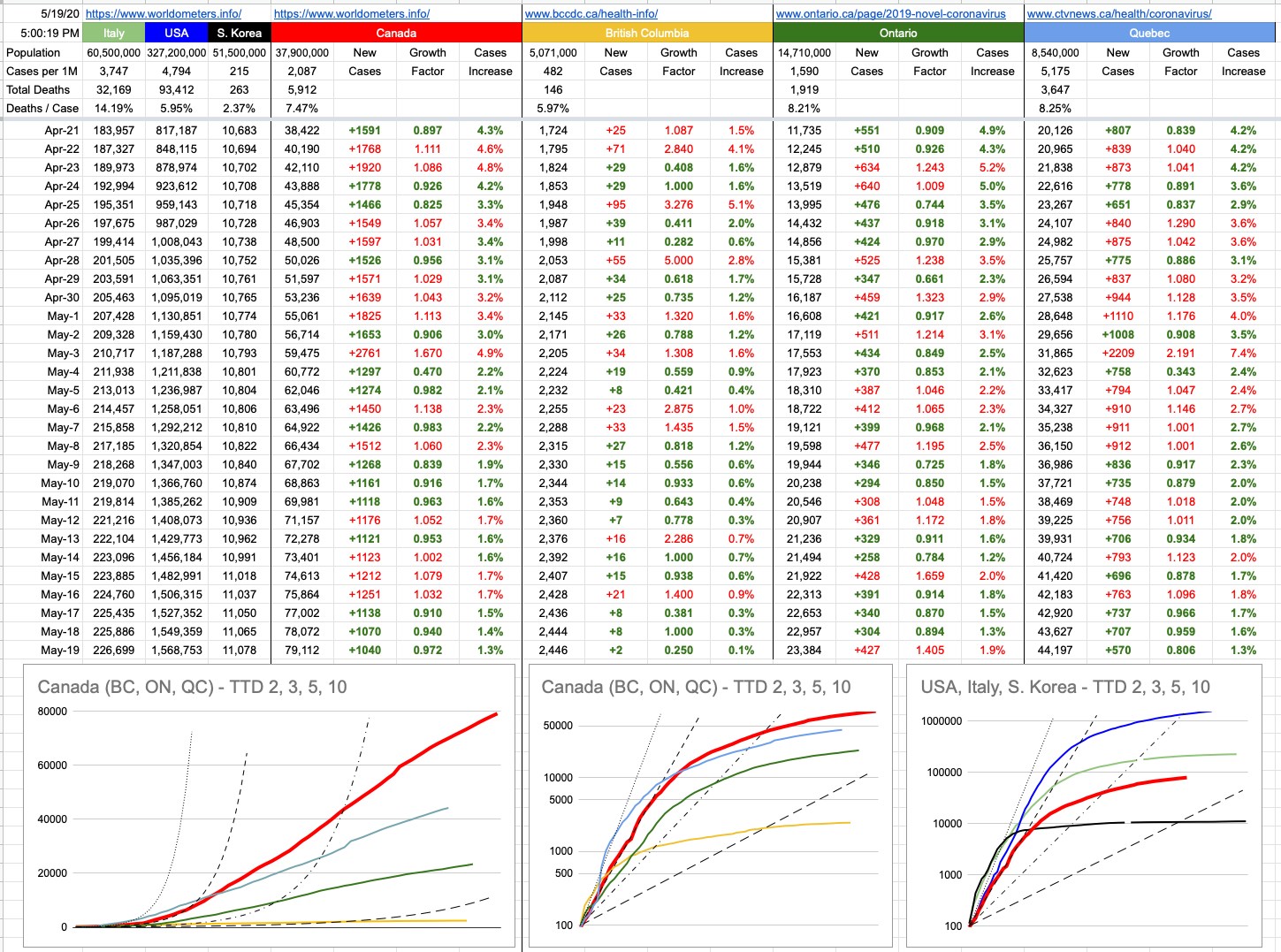Consider this sentence: Over 20% of people tested positive.
Now consider this one: Only 20% of people tested positive.
Without even knowing what we’re talking about… without even knowing if testing positive is a good thing or a bad thing… like, perhaps we’re talking about infections. Perhaps we’re talking about antibodies. Perhaps we’re talking about random drug testing in your office. Perhaps we’re talking about cyclists and performance-enhancing drugs. Perhaps we’re talking about asking random people on the street what their outlook is for the future.
We don’t yet have a clue what we’re talking about, but the very first word of that sentence is already guiding your thought process. Better stated, the writer of that sentence (that’d be me) knows what he wants you to think, and is subtly suggesting it. I want you to agree with me. Maybe I want you to think that anything under 20% is fine. Or maybe I want you to think that anything over 20% is bad. But wait a minute, what if testing positive is a good thing? Then it’s the other way around.
Let’s take out those first words… what are you left with…. “20% of people tested positive”
OoOoOohhh, now what. What are you supposed to do with that? Think for yourself and decide?! Indeed, the vast majority of content we consume these days is written more towards getting you to think a certain way, or agree with a certain viewpoint — than to simply present the information. And further to that, once the algorithms have figured out what you like to think/read, they’ll spoon-feed you those sorts of stories… mostly because they know you’ll click on them, and that’ll generate ad revenue for them. This has pretty-much nothing do to with conveying news.
Back in the late 80s and early 90s, I did work for what was, at the time, the largest multi-line BBS west of Ontario. A BBS is an electronic Bulletin Board System, where you could call in with your computer’s modem and read/post public or private messages and play games and download a variety of different things. The vast majority of BBSs were single-line systems operated by hobbyists, but a few managed to take the technological leap to allow more than one person online at a time, no small feat as it required a lot of computing power, complicated software, multiple modems and multiple phone lines. From there arose chat systems and multi-player games.
This particular BBS, Mind Link, grew from 4 to 8 to 16 to around 40 phone lines by 1994, at which time it was acquired in the first wave of consolidation leading to what is today, the Internet. Indeed, Mind Link was one of the first in all of Canada to be able to offer an on-ramp onto that emerging information superhighway. It was all text-based back then, and it took about 10 finicky steps of loading unstable software in just the right sequence, just to get online. It was a virtual building of a delicate house of cards, every time. One wrong move and it would all lock up. In fact, it often locked-up for no reason at all.
I loved that job, for numerous reasons. First of all, the staff, all wonderful people, all intelligent and bright and some as tech-geeky as myself. And, I got to play with the coolest technology around; I was there the day we switched on the pipe to the internet — four Telebit Trailblazer modems working in sync, achieving a combined bandwidth of about 75 Kbps. Your internet connection today is somewhere between 20,000 and 1,000,000 Kbps. But back then, state of the art. Leading edge. Bleeding edge.
Part of my job was keeping it all going, a jack of all trades fixing whatever problem came up, known or obscure. And part of what I kept going were the news feeds. Back then, Mind Link contracted to receive news from a guy called Brad Templeton. His company was called ClariNet, and it was possibly the very first dot com to ever exist, because before that, commercial use of the internet was prohibited. Brad was a cool guy, and I spoke to him on a few occasions… and one time, the discussion drifted to the commercialization of the Internet, something most of its users (me included) did not want. What the heck is a dot com? There were dot org (non-profit organizations), dot edu (educational), dot gov (government) — but dot com? Commercial enterprise? Forget that. “It’s coming”, he said, “Prepare yourself. There’s opportunity here.” And I remember telling him, “Forget it. We won’t let that happen.” I told that quote to a few friends at the time, and they still won’t stop teasing me about it.
ClariNet dot com was allowed to exist because Brad cleverly convinced the powers that be that news is indeed an educational resource, and it would make sense to distribute it with the existing infrastructure. That he was doing it for profit was a secondary point, because what Brad was doing was very useful… he was consolidating news feeds straight off the wire… from UPI (United Press International), AP (Associated Press) and Reuters. These are the wire services where all news outlets get their news (or should, at least). Here was an unfiltered, raw source of news, straight from the ground. No editor, no opinion, just the facts. Twenty precent tested positive. No “Over”. No “Only”.
Part of what I did was make sure that the ClariNet feed was working properly, and that Mind Link was properly taking the news from those three sources and parsing and indexing everything into the right newsgroups. So, yes — I ended up reading an awful lot of news, and it led to a great appreciation of those particular three sources. I still look to them today for raw news, unfiltered by bias or opinion.
upi dot com
reuters dot com
ap dot org
In my opinion, far better than much of what’s out there.
So, on that note… acting as a news wire today, I will pass along four items of relatively unfiltered news, all of them interesting in their own way.
First… South Korea today is now reporting that those 263 patients who initially had been thought to have been re-infected — weren’t. Those people had re-tested positive after having been cleared of the virus, and it had been thought they may have become re-infected. However, none of those people developed symptoms again, and they’re now saying what many others around the world were saying… it must be a testing issue. Yes… the tests were picking up dead remnant virus fragments, not new infections. It might take months for the body to clear itself of dead virus fragments, but as of yet, there has not been a single case where those fragments have sprung back to life, nor is there any evidence of anyone who’s ever had the virus catching it a second time.
Second… an interesting story developing out of France. Something like 25% of French people smoke… but of the almost 500 COVID-19 patients admitted to a certain Paris hospital, only 5% were smokers. That is statistically significant, implying smokers are less likely to catch this disease. This is so counter-intuitive, it begs a closer look… and what’s emerging from the research is this: There is a cell-membrane protein called ACE2 which the COVID-19 virus attaches to, in order to infiltrate a healthy cell. But nicotine also binds to ACE2, leaving less of an opportunity for the virus to do so. And nicotine is also known to decrease inflammation. I would strongly urge you… do not take up smoking to protect yourself from this disease… but if you’re a recovering smoker and presently on nicotine patches or gum — that might be doing you more good than you think. France is preparing a trial of providing nicotine patches to patients, front-line workers and ordinary citizens. We shall see.
Third… an as-of-yet-not-peer-reviewed-but-still-interesting study… in a small sample group of ICU patients suffering from serious complications of this disease, in a group of patients aged less than 75… 100% — yes, all of them — were found to be Vitamin D deficient. That’s also eyebrow-raising, and it’s one you can very easily manage. Vitamin D supplements are available everywhere, and they’re cheap… and, it’s pretty difficult to OD on Vitamin D. There does exist such a thing as Vitamin toxicity, but you have to go way overboard to get there. Recommended doses range between 500 and 5,000 IU a day. I take 2,000. Apparently, you can go up to 10,000 a day for long periods of time and not suffer any consequences, but one might add that perhaps an optimal range is what’s desired; too much may also be harmful and it should be noted that Vitamin D, unlike Vitamin C, is not water-soluble. It’s fat-soluble, so your body will store it. But then again, you really have to go insane to over-do it… like 40,000 to 100,000 IU daily for months, before it becomes toxic. And/or, of course, just listen to Dr. Henry — go outside to the glorious wonderful sunshine for 30 minutes a day… it’s good for you in more ways than you might imagine.
Finally… green numbers all across Canada today. TTD numbers approaching 4 weeks or more… everywhere.
Extra extra, read all about it… good news all around.












